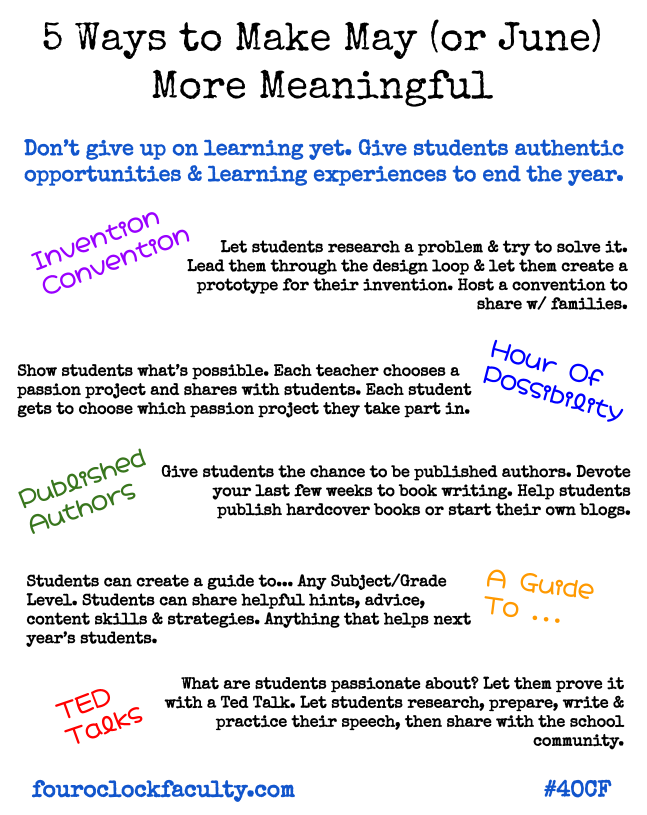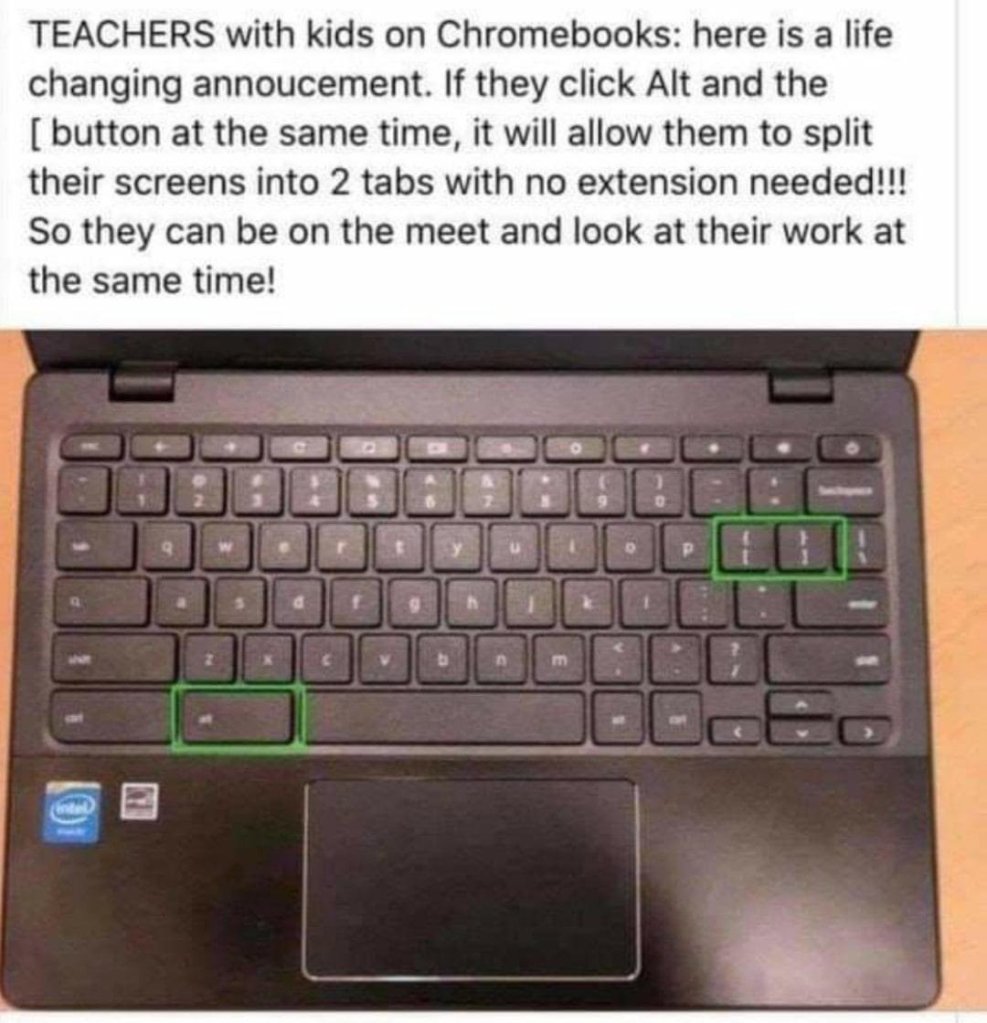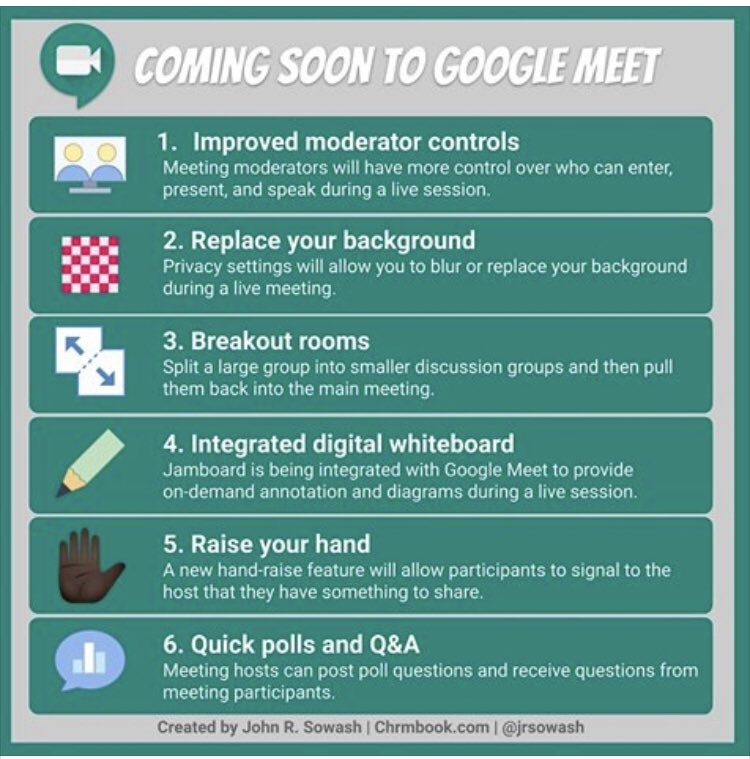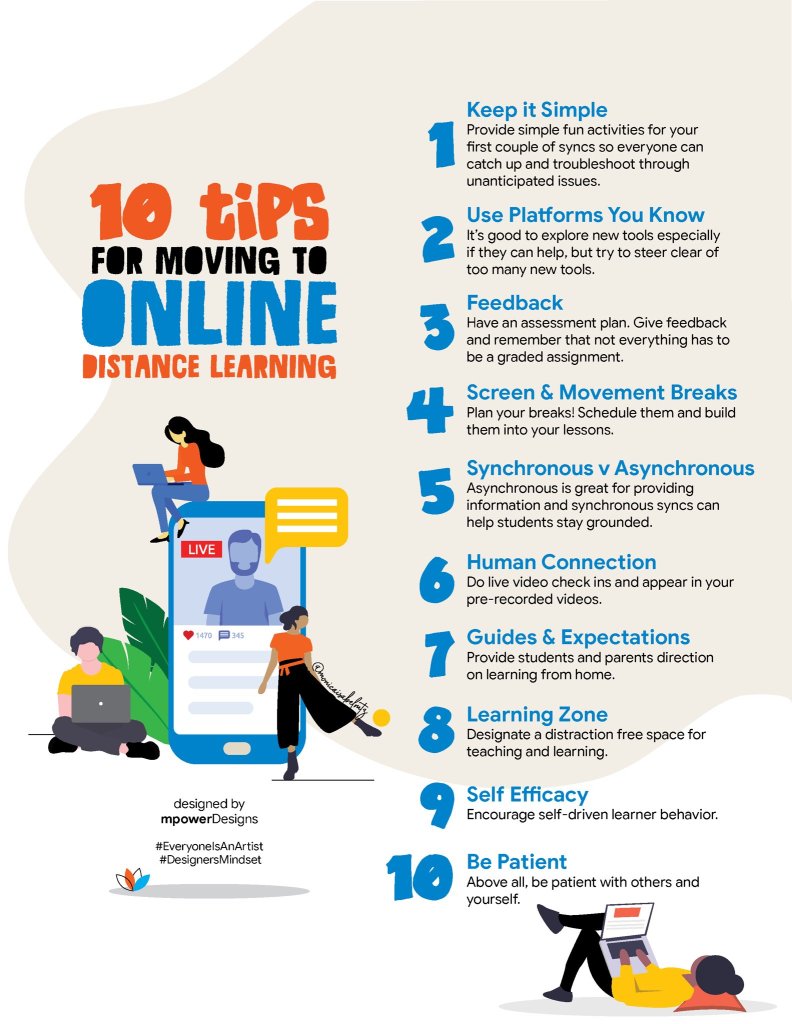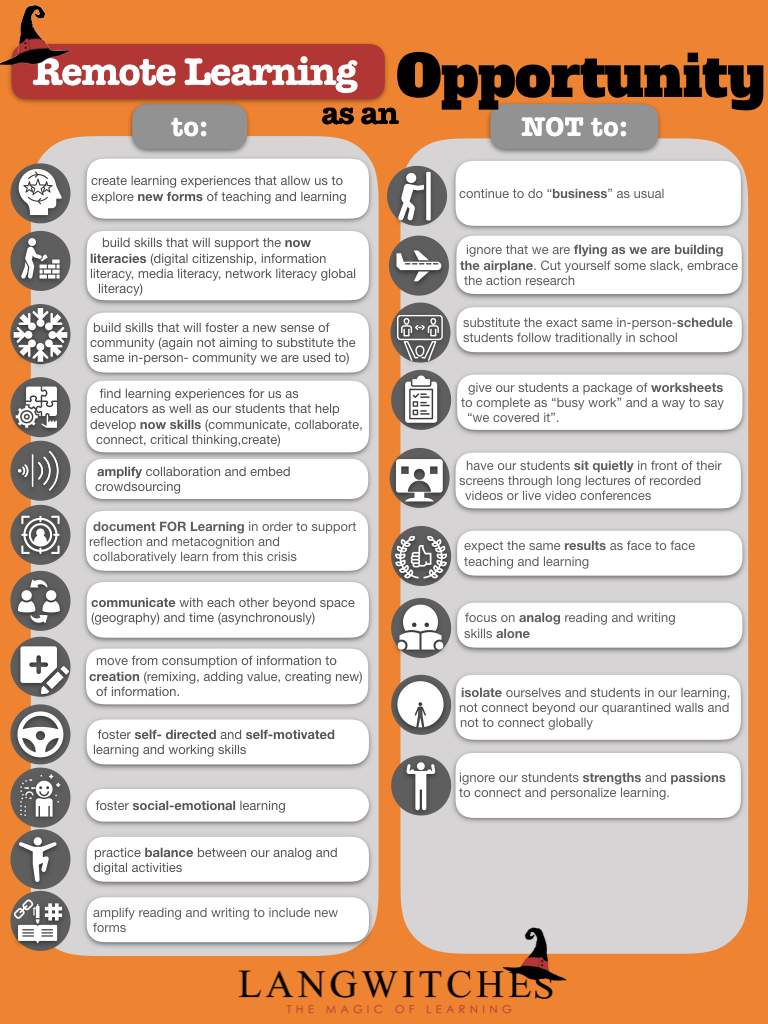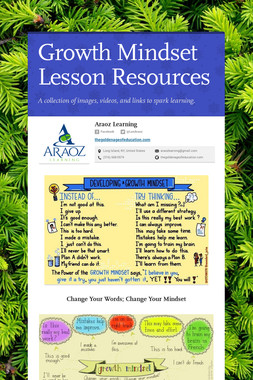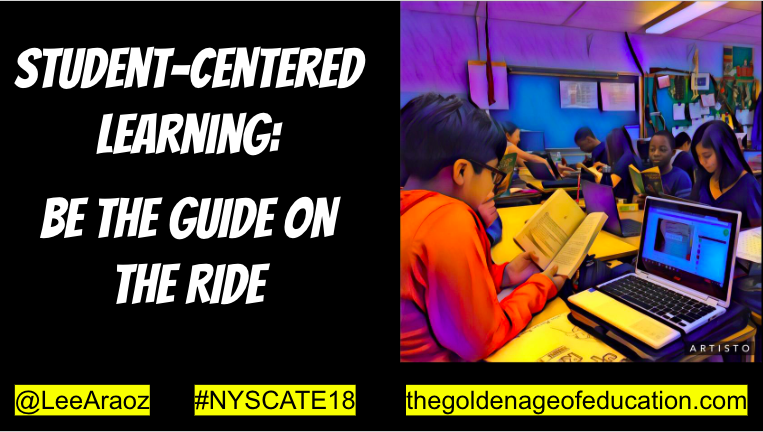Instructional coaches are the unsung heroes of the education profession. They nimbly navigate the line between administrator and teacher as they strive to make an impact across multiple grade levels and school sites. Instructional coaches have a unique vantage point – they see things happening at the ground level and are able to offer a perspective that few educators have.

One of the biggest issues confronting schools today is how to provide continuous, high-quality professional development to teachers and staff. District budgets are not what they used to be and education leaders must come up with creative and cost-effective ways to continue to provide this level of training in their schools. One innovative way of doing this is to create the role of an instructional coach in their district by hiring a teacher leader from within. Many districts call these specialists TOSAs (Teachers On Special Assignment). Other districts call them coordinators, but they serve the same purpose: providing perpetual PD in a non-evaluative, non-judgemental environment. These “thought partners” work collaboratively with teachers by asking them what they need and showing them how it can be deployed.

Instructional Coaches/TOSAs do many awesome things. These include, but are not limited to, the following:
- Provide job-embedded professional development.
- Model and demonstrate highly-effective best practices.
- Offer non-evaluative, objective feedback on a regular basis.
- Create an environment where student needs drive professional development.
- Offer guidance and feedback at the exact time teachers need it most – in the classroom.
- Inspire teachers to try new learning strategies and tools.
- Facilitate the transition from teacher-centered to learner-driven classrooms.
- Are site-based teacher leaders who support both students and their teachers.
- Collaborate with teachers in order to engage students in innovative ways.
- Help to close the digital use divide by ensuring that all students understand how to use technology to create content.
Click the image below to view my Instructional Coaches Smore digital flyer which includes links to a collection of resources I’ve curated.



